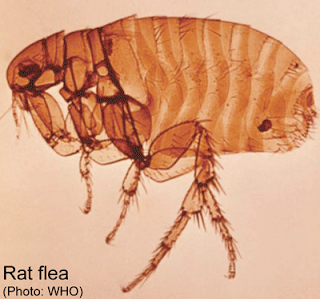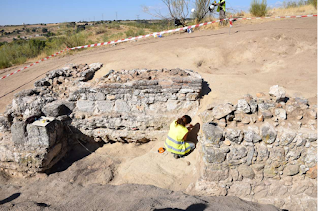January 2018
Every year
the physical education department prepares a trip to the Pyrenees were you can
learn how to ski, have fun with your friends and enjoy the amazing experiences
and breathtaking views of the landscape. I have been going to that trip every
year since I was in 2nd of ESO, and I can say it has been one of the
best experiences in my life.
The
structure of the trip is more or less the same every year:
DAY 1 (SUNDAY)
We leave on Sunday
morning and stop at lunch time in a little village called Barbastro, where we
can eat some pizza. Then we continue until we arrive at the resort (that should
be around 5:00 pm). When we arrive we have some free time in order to let
everyone settle in their rooms. You need to be ready for having dinner at 8:00 pm.
Then, you have free time until 12:00 am and you can enjoy with your friends by going
to the disco near the hotel, or you can just chill out in your room.
DAY 2 (MONDAY)
 Everyone has
to be ready for breakfast at 8:30am because the bus leaves the resort at 9:00 am.
Once we arrive at the ski station everyone has to take their equipment and be
prepared for the level exhibition. You will be classified into different groups
depending on your ski level. The lessons start at 10:00 am and finish at 12:00 pm
every day. We have lunch at the station at 1:00pm and then everyone can enjoy
their free time skiing with friends until 4:30 pm, when the bus goes back to
the resort. When we arrive we have free time until dinner, and then we can do
whatever we want until 12:00 am.
Everyone has
to be ready for breakfast at 8:30am because the bus leaves the resort at 9:00 am.
Once we arrive at the ski station everyone has to take their equipment and be
prepared for the level exhibition. You will be classified into different groups
depending on your ski level. The lessons start at 10:00 am and finish at 12:00 pm
every day. We have lunch at the station at 1:00pm and then everyone can enjoy
their free time skiing with friends until 4:30 pm, when the bus goes back to
the resort. When we arrive we have free time until dinner, and then we can do
whatever we want until 12:00 am.
*Every day we
follow the same routines except for some changes which I am going to mention.
DAY 3 (TUESDAY)
 After
finishing our skiing day, we will go directly to Taüll, where we will be able
to see one of the most important pieces of our history, the church of Sant
Climent. There, we will enjoy an incredible video projected on the back of the
church that will show how real paintings were at ancient times.
After
finishing our skiing day, we will go directly to Taüll, where we will be able
to see one of the most important pieces of our history, the church of Sant
Climent. There, we will enjoy an incredible video projected on the back of the
church that will show how real paintings were at ancient times.
DAY 4 (WEDNESDAY)
The trip
also includes a visit to the “Spa Augusta”, where you can relax in the
different types of sauna or in the heated swimming pool. You can also visit the
spa in your free time if you want, but the entrance fee is 8 euros.
DAY 5 (THURSDAY)
During your
skiing lessons you will participate in a race against the clock, and a
professional photographer will take some pictures during your ride (the price
of the photo is 5 euros). Medals will be given to the winners in the resort at
a party where you will have something to eat.
This will be your last night, so
there will be a special party in the disco of the resort. You need to prepare
your suitcases for the following day.
DAY 6 (FRIDAY)
This will be
your last day, so after enjoying the snow you will need to give your equipment back
to the staff of the ski rental before having lunch. Then we will go back to the
hotel in order to take all our luggage, and we will finally leave. We will stop
in the middle of our way back home in order to have dinner, and we will arrive
Madrid around 11:00 pm.
I would
totally recommend this experience to everyone, no matter if you don’t know how
to ski. From my point of view, this is one of the best experiences you can
have. I’m sure you will love Boí Taüll!
Fernando Ruiz Cerrajero
5ºD
Find more photographs
HERE.
 The plague originated in
The plague originated in 












